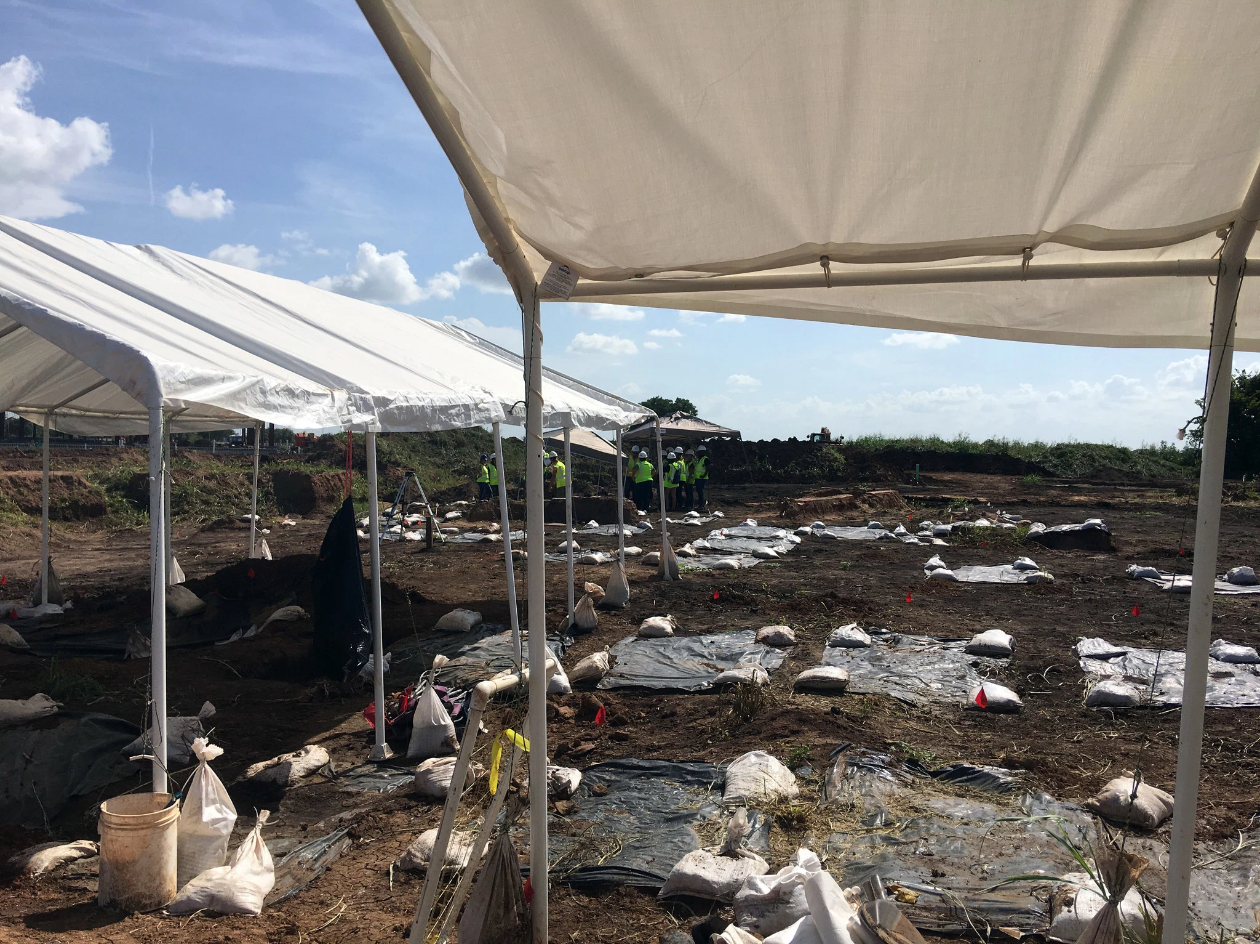
Earlier this week, it was reported that dozens of remains were found at a construction site in Texas. These remains were most likely those of Black people forced into labor after slavery was abolished.
The New York Times reports that the remains of 95 people were discovered earlier this year at a construction site in Texas outside of Houston. The location was most likely a plantation around the turn of the 20th century.
Archaeologists say that the African-Americans were likely laborers who worked as part of the convict lease system, which outsourced prisoners to plantations throughout Texas.
Reginald Moore, a prison reform advocate and historian who has studied convict leasing, says the program was “more or less slavery by a new name.” Moore added that vagrancy laws made it easy for Black people to be convicted of minor offenses. And, White prisoners were more likely to be given easier work indoors.
The New York Times adds that “from 1870 to 1912, 60 percent of prisoners in Texas were Black, according to the Texas State Historical Association.” During that period, Black prisoners helped build the Texas State Railroad and Capitol building in Austin.
A judge granted permission to exhume the remains back in June and archaeologists say that research from the bones show that the prisoners lived difficult lives with bones show poor health, stress, and malnutrition.
Moore, who has long believed that graves like this are hidden throughout Texas, says he hopes this moment leads to the state officially recognizing the role forced laborers played in its history. “When I went out there and seen those bodies, I felt so elated that they would finally get their justice,” he said. “It was overwhelming for me.”





